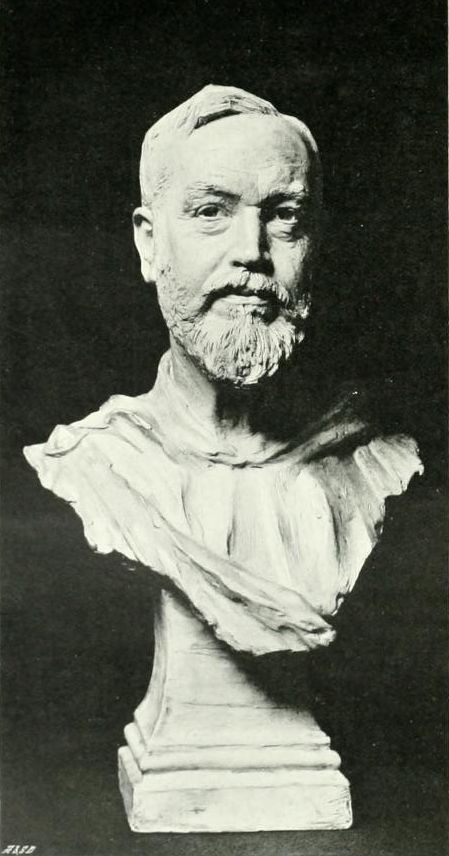Thomas Henry Thomas on:
[Wikipedia]
[Google]
[Amazon]
 Thomas Henry Thomas (31 March 1839 – 9 July 1915) was a
Thomas Henry Thomas (31 March 1839 – 9 July 1915) was a
Retrieved on 5 Feb 2018 Because of his interest in geology, he discovered an important dinosaur fossil which was unknown to science of that time. This petrifaction was found by him in a large stone stove in the Newton Nottage church' yard. It was named ''Brontozoum thomasii'' in his honour. He died on 5 July 1915. His more than 1,000 prints, drawings and watercolours were given to the National Museum of Wales after his death in 1915 according to his will.
 Thomas Henry Thomas (31 March 1839 – 9 July 1915) was a
Thomas Henry Thomas (31 March 1839 – 9 July 1915) was a Welsh
Welsh may refer to:
Related to Wales
* Welsh, referring or related to Wales
* Welsh language, a Brittonic Celtic language spoken in Wales
* Welsh people
People
* Welsh (surname)
* Sometimes used as a synonym for the ancient Britons (Celtic peop ...
artist particularly active in Cardiff. He was also interested in botany, geology, history, and archaeology which were often the subjects of his art works. He was a Fellow of the Royal Cambrian Academy of Art which was established in 1881. He was a leading force behind the founding of the National Museum of Wales and in the use of the red dragon symbolizing Wales.
Early life
Thomas was born on 31 March 1839 inPontypool
Pontypool ( cy, Pont-y-pŵl ) is a town and the administrative centre of the county borough of Torfaen, within the historic boundaries of Monmouthshire in South Wales. It has a population of 28,970.
Location
It is situated on the Afon Lwyd ri ...
, where his father was president of the Baptist College, though his parents were from Cardiff. He studied at Bristol School of Art, Carey's Art School, London, then the Royal Academy Schools, before travelling to Paris and Rome. He returned to London in 1861 to work as a painter and illustrator.
Life and creative work
In 1866, Thomas returned to settle in Cardiff (Thomas's father had retired there). He inherited his father's house on The Walk in 1880 and this became a place for intellectual discussion in the town. He became very active in the Cardiff Naturalists Society (being president for a while), the Cambrian Academy of Art and theWelsh National Eisteddfod
The National Eisteddfod of Wales (Welsh: ') is the largest of several eisteddfodau that are held annually, mostly in Wales. Its eight days of competitions and performances are considered the largest music and poetry festival in Europe. Competitors ...
. Thomas was an official guest at the first Feis Ceoil
Feis Ceoil ( ; "Festival of Music") is an Irish music organisation which holds an annual competitive festival of classical music. It was first organised in Dublin in 1897 by Dr. Annie Patterson and Edward Martyn for the purpose of stimulating musi ...
in 1897.
Thomas worked for ''The Daily Graphic'' where he depicted different scenes of that time the likes of work on the Severn Tunnel at Portskewett
Portskewett ( cy, Porthsgiwed or ''Porthysgewin'') is a village and community (parish) in Monmouthshire, south east Wales. It is located four miles south west of Chepstow and one mile east of Caldicot, in an archaeologically sensitive part of the ...
, and royal visits. He illustrated in his painting a "complete catalogue of the major concerns of the 19th century". His painting can be compared with J. W. Goethe and John Ruskin by the common tradition. As well as formers he tried to connect the art and science more tightly.The unique prints and drawings of T. H. ThomasRetrieved on 5 Feb 2018 Because of his interest in geology, he discovered an important dinosaur fossil which was unknown to science of that time. This petrifaction was found by him in a large stone stove in the Newton Nottage church' yard. It was named ''Brontozoum thomasii'' in his honour. He died on 5 July 1915. His more than 1,000 prints, drawings and watercolours were given to the National Museum of Wales after his death in 1915 according to his will.
Selected works
* ''Elijah and the Ravens'', late 1919, National Museum Wales, National Museum Cardiff. * ''Gannet Settlement on Grassholm, West of Milford'', 1890, National Museum Wales, National Museum Cardiff. * ''Sackcloth and Ashes: Tip Girls Leaving Work'', 1879, Cyfarthfa Castle Museum & Art Gallery. * ''Christ and the Woman of Samaria'', late 1919, National Museum Wales, National Museum Cardiff.References
External links
* {{DEFAULTSORT:Thomas, T. H. 1839 births 1915 deaths 19th-century Welsh painters Artists from Cardiff Alumni of the Royal Academy Schools 20th-century Welsh painters Welsh male painters 19th-century Welsh male artists 19th-century Welsh artists 20th-century Welsh male artists